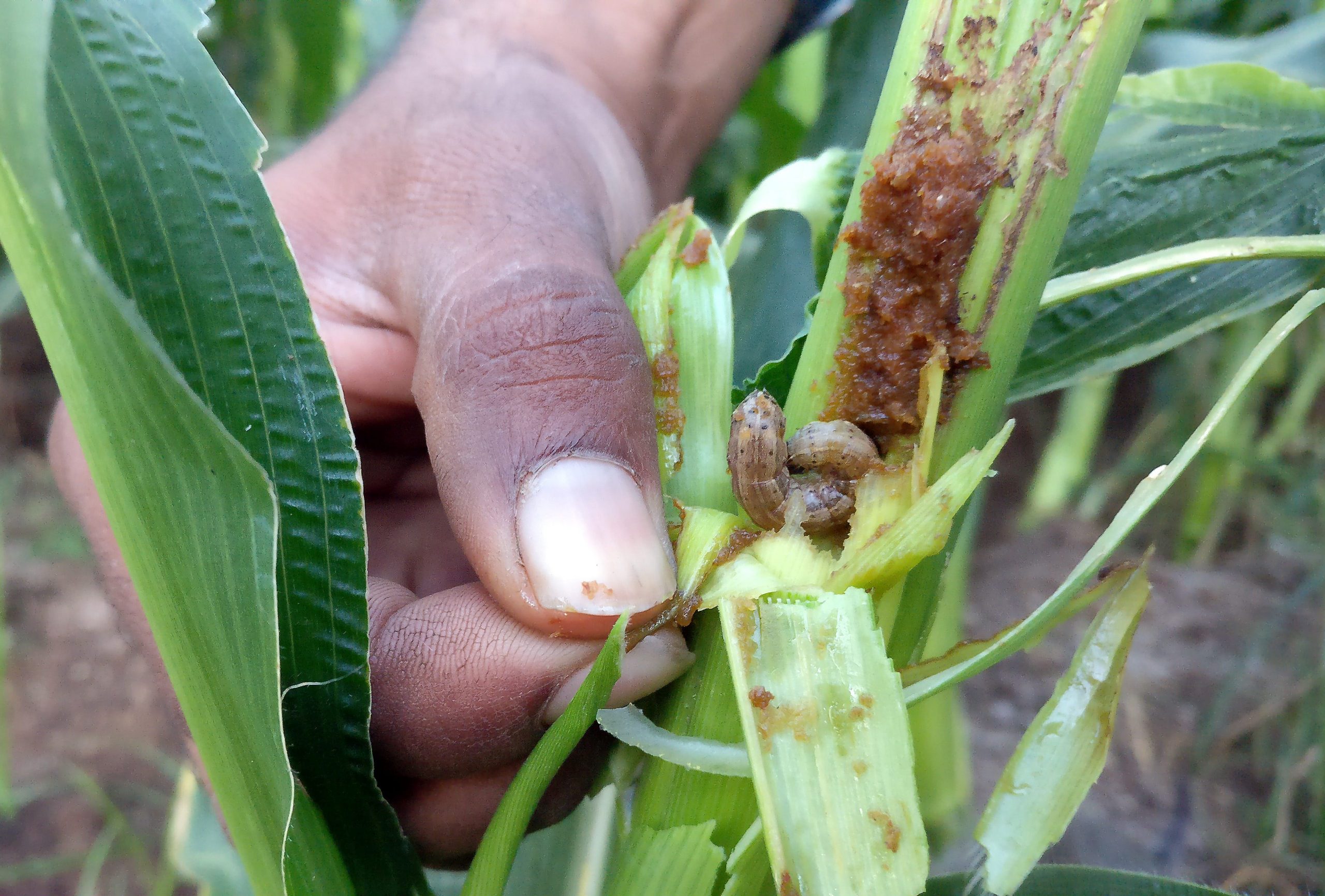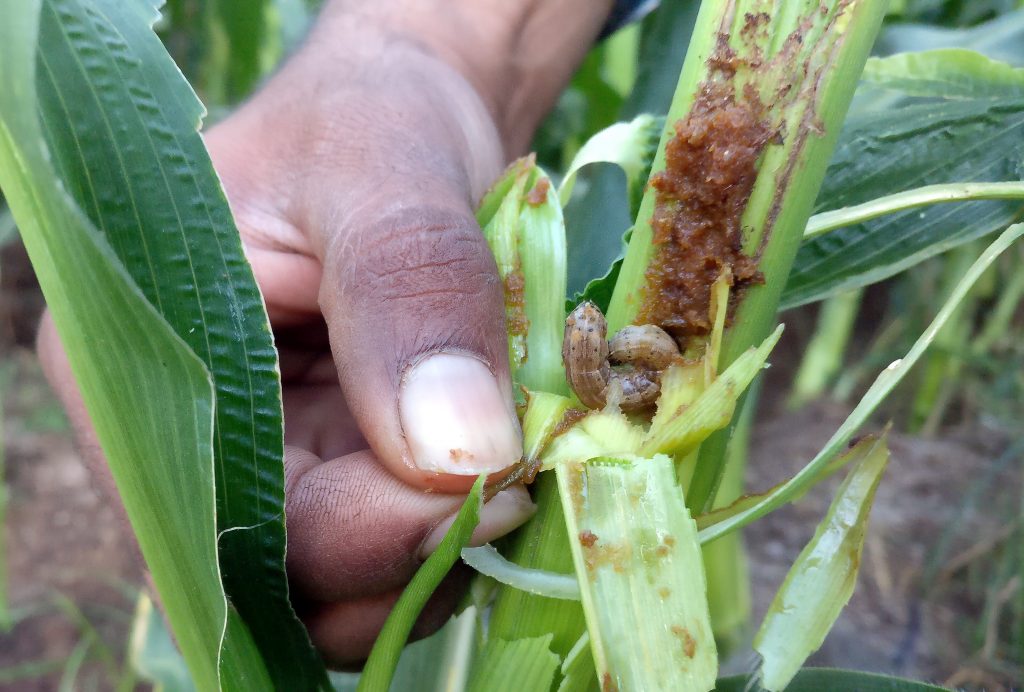
Reuters
- Armyworms can turn plush green lawns into dry swathes of brown grass in days.
- One entomologist said they're the worst he's seen them in 20 years, and the worst may be yet to come.
- Tropical storms, hurricanes, and climate change may have caused an explosion in the pests this year.
- See more stories on Insider's business page.
Armyworms, the destructive caterpillar that can invade and destroy a green lawn in days, are on a rampage this year.
Thomas Kuhar, an entomology professor at Virginia Tech, said armyworms in 2021 are the worst he's seen them in two decades. Though it's difficult to pin down a single reason why lawn owners have been hit particularly hard this year, tropical storms, hurricanes, and climate change may play a role.
"We knew they were coming but we didn't expect it would come this fast," Alejandro Del-Pozo, an entomology professor at Virginia Tech, said. "It's the perfect combination of everything, the storms, hurricanes, the weather, it was just a matter of time."
Global warming is causing the moths' plant hosts to appear sooner, and the recent tropical storms and Hurricane Ida are pushing moths further north and in greater numbers.
Virginia Cooperative Extension, which provides educational resources related to nature and agriculture, has been inundated with phone calls and emails from people struggling with armyworms in their lawns and crop fields, Del-Pozo said.
Though the moths usually have two to three generations a year after they migrate North, people might have to brace for even more than three generations this year, which could mean that you'll stand an even greater chance of getting your lawn infested.
"This suggests we are NOT done with fall armyworm pressure for 2021 and that the problem with these pests will likely persist and possibly expand," Goatley said.
Moths typically lay their eggs in bushes, buildings, and other structures on the edge of a grassy lawn - as the eggs hatch and caterpillars develop bigger appetites, they begin to damage grass at alarming speed.
Terri Billeisen, an entomologist at North Carolina State University, said the caterpillars are appearing further north and west than in previous years and that climate change is likely a contributing factor.
"Even in a 'normal' year, fall armyworm damage happens very quickly - it's often described as "occurring overnight". This year just seems different because they are so widespread," she said.
You can learn more about preventing - and treating - armyworms here.
